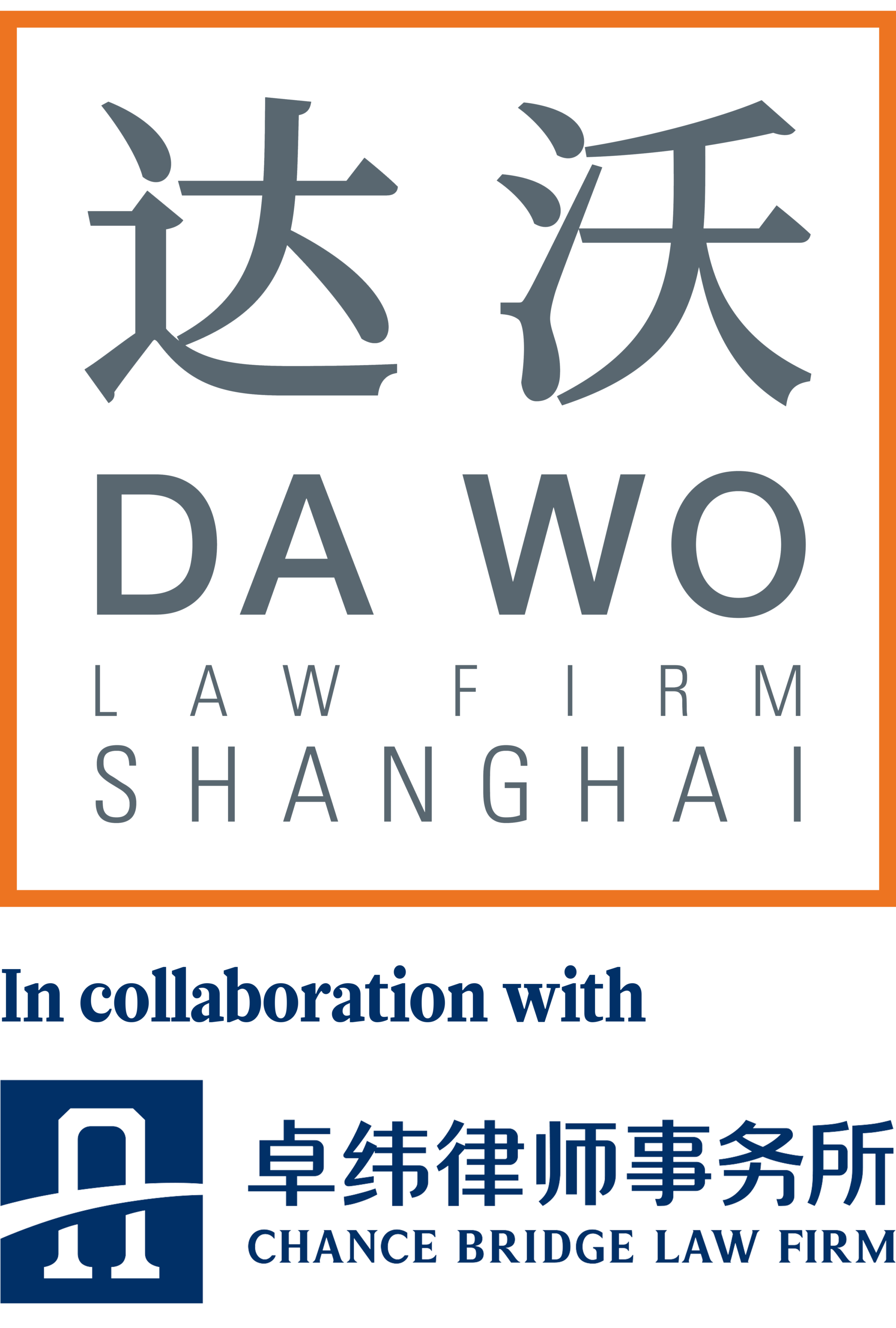Value Adjustment Mechanism (“VAM”), is a very common arrangement in private equity investment. There is no formal definition of VAM in the law, and only the Meeting Minutes of the National Conference for the Work of Courts in the Trial of Civil and Commercial Cases issued by the Supreme’s People’s Court in November 2019 (the “Minutes”) provided a relatively official definition:
The “valuation adjustment mechanism” commonly known in practice refers to an agreement that is designed by investor and financing party when reaching an equity financing agreement to resolve the uncertainty, information asymmetry and agency costs between the two parties to a transaction in relation to the future development of the target company, and such agreement contains the equity repurchase, monetary compensation and other valuation adjustment of the future target company.
The above definition is relatively complete, since it combines the cause and nature of VAM with the practice of China’s equity investment and the status quo of dispute settlement. When conducting private equity investment, the investor’s valuation of the target company is usually based on the future performance expectations of the target company. If it fails to meet the expectation, the valuation of the target company needs to be adjusted, that is, to protect the investor’s investment interests by means of performance compensation and/or equity repurchase. Then, when VAM is triggered, will VAM actually receive judicial support and be executed as agreed?
Based on its different terms and conditions, VAM may involve contract law, company law, and other legal issues, which is indeed complicated, and before the publication of the Minutes, there was no unified judicial principle on the validity, effectiveness, or performance of such VAM agreements in practice. From the “Haifu Case”[ Case No.: (2012) Min Ti Zi No. 11, issued on November 7, 2012.], known as the “first case of VAM”, in which the Supreme Court decided that “VAM between the investor and the shareholder of the target company is valid, but the VAM between the investor and the target company is invalid” in year 2012 to the “Huagong Case”[ Case No: (2019) Su Min Zai No. 62, issued on April 3, 2019.] in which the Jiangsu Higher People’s Court decided that the VAM between the investor and the target company is valid since there is no statutory circumstance of invalidity and also put forward the issue of the possibility of performance of VAM in year 2019, the exploration in these seven years shows that the court system has evolved from a relatively conservative attitude to a state that respects autonomy of will. Meanwhile, in the arbitration system, most arbitration panels adhere to the principle of autonomy and maximization of shareholders’ interests, and therefore fully respect the freedom to form valid VAMs.
With all that said, the publication of the Minutes basically accepted the way in Hua Gong case, and further systematize and expanded it to form the judicial thinking and guidance for dealing with VAMs around the following principles:
1.The VAM between the investor and the shareholder of the target company is valid and enforceable.
2.The VAM between the investor and the target company shall be valid if there is no statutory circumstance of invalidity. However, when the investor requests actual performance, the following shall be specifically examined:
- If requesting share repurchase, the target company should perform a capital reduction procedure, and then the court could grant such request.
- If requesting monetary compensation, the target company should have distributable profits. If it does, then the court grant such a request or part of it (in case of insufficient profits). If the request is not granted or fully granted, the investor may file another lawsuit when the target company has profits in the future.
We can see that the judicial thinking and guidance of the court are divided into the effectiveness aspect and the performance aspect, giving full consideration to the provisions of the Company Law and that the relationship between the investor and the target company is not only contractual relationship but also the relationship between the shareholder and the company. Nevertheless, this can get complicated for investors. For example, the capital reduction procedure needs to be completed before a share repurchase, but the capital reduction procedure is not actionable, in such case if the relevant parties are uncooperative (e.g., unwilling to perform the capital reduction), the repurchase request would not be supported by a court.
Fortunately for investors, though, this isn’t the end of the story. In such a situation, the level of detail in the terms of VAM becomes especially important. Investors will want to require the major shareholders/actual controllers to assume higher liabilities for breach of contract and/or become the subject of repurchase obligations in order to protect the investors’ rights and interests. In summary, the publication of the Minutes provides basic thinking and guidance for handling of VAM cases. However, there are still some controversial and specific issues in the practice. In any case, under such guidance, to better protect the interests of investors, appropriate, detailed and rigorous arrangements in the investment transaction documents shall be made. Below are a few more suggestions for investors’ reference:
- Wherever possible, use arbitration for dispute resolution.
- Require major shareholders/actual controllers to undertake obligations related to equity repurchase or performance compensation
- Clarify that the investor has the right to claim performance compensation and equity repurchase at the same time, and that there is no need to deduct performance compensation from the equity repurchase price.
- Ensure that after a repurchase is triggered, the investor has the right to request the repurchase at any time without any time limit.
- If the future exercise of rights requires the company to carry out internal procedures (such as the resolution of cash compensation), confirm this in the transaction documents in advance
- If the future exercise of rights requires the cooperation of major shareholders/actual controller, provide for a higher level of liability for breach of contract.
- Make all of these contractual stipulations as explicit, specific, and detailed as possible.
If you have questions about this or anything else related to private equity investments in China, don’t hesitate to reach out us.
Responsible person: Lu Han


